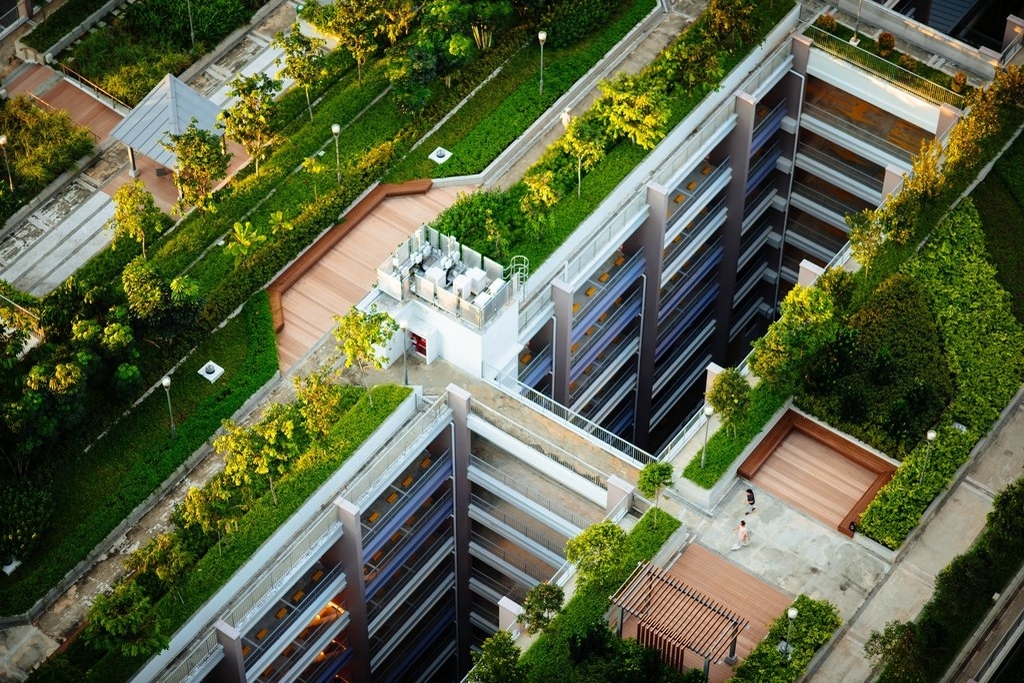The Definitive Guide for City Blooming
The Definitive Guide for City Blooming
Blog Article
All about City Blooming
Table of Contents7 Simple Techniques For City BloomingCity Blooming Can Be Fun For AnyoneThe smart Trick of City Blooming That Nobody is DiscussingNot known Details About City Blooming City Blooming Fundamentals Explained
Intrigued in expanding food for sale in the City of Chicago? Thinking of beginning an area garden? Changes to the Chicago Zoning Statute enable agricultural usages like neighborhood yards and urban ranches in numerous components of the city. Below is a checklist of frequently asked inquiries concerning the policies and regulations that farmers ought to think about when planning an urban farming job.
The zoning amendment does not modify any various other codes taking care of composting, building authorizations, buying or renting City possessed home, company licenses or environmental contamination. There are existing codes that regulate these issues and they stay in complete effect and might be suitable to your project. Community yards are usually possessed or handled by public entities, public companies or community-based organizations and maintained by volunteers.
Urban farms expand food that is meant to be marketed, either on a not-for-profit or for-profit basis. Due to their business function, metropolitan ranches require a business permit. Yes. An area garden is permitted to offer surplus produce that was grown on website if the sales are accessory or secondary to the yard's main purpose described above.
The Single Strategy To Use For City Blooming
The amount of garden compost material can not go beyond 25 cubic yards at any provided time according to the standards in 7-28-715 of the City's Municipal Code. Because the soil at most new yard sites needs amending, compost, dirt, timber chips, or other materials can be acquired to construct or improve the expanding area.

If a structure license is called for then the hoophouse will certainly be considered an accessory structure. You can locate out more about the building authorization demands by getting in touch with the Department of Structures. The 25,000-square-foot size restriction is meant to stop a solitary area garden from dominating an offered block or diminishing the block's existing property or commercial character.
The recommended you read limitation does not use to yards located in Public Open Room (POS) areas. Can there be even more than one area garden that is 25,000 square feet on a solitary block? Fence is not needed, nonetheless, yards that have large vehicle parking areas may be needed to set up secure fencing or various other landscape design functions.
Excitement About City Blooming
B1 & B2 districts require that all industrial use activities be performed indoors. R areas limit business task. The policies reflect the purpose and intent of the Zoning Code. Is secure fencing needed for urban farms? Yes. Fences might be required, together with landscape design and testing, for sure parking lot and outside job or storage space areas depending upon place and the specific task occurring.
Urban ranches require structure licenses and zoning approvals prior to building (home and garden). Various other forms of city evaluation might be needed depending on particular structures, activities, dimension, landscaping, licensing, public health and stormwater administration problems.
The Department of Business Matters and Consumer Protection can help identify the certain type of organization license that's called for. Off street car park is needed for most commercial tasks in Chicago. The required number of vehicle parking areas is based on the number of workers working on site and not the square video footage of the expanding area.
City Blooming for Dummies

An urban ranch can market garden compost material produced on website, nevertheless, the operation has to comply with the guidelines in 7-28-715 of the Chicago Municipal Code. Aquaponic systems are enabled inside on city ranches in several zoning areas.
As much as five hives or colonies of honey may be kept as an accessory use. Beekeepers have to sign up with the Illinois Division of Agriculture. To learn more regarding the recommended zoning change you might call the Department of Housing and Economic Growth, Bureau of Planning and Zoning at 312.744.8563.
, which takes location in rural areas at the side of suburbs.
3 Simple Techniques For City Blooming
, who seek to create social networks founded on a common principles of nature and area holism. These networks can create by means of formal institutional support, becoming incorporated into local town planning as a "change community" movement for lasting city growth.
Some of the initial evidence of urban agriculture comes from Mesopotamia.
Report this page